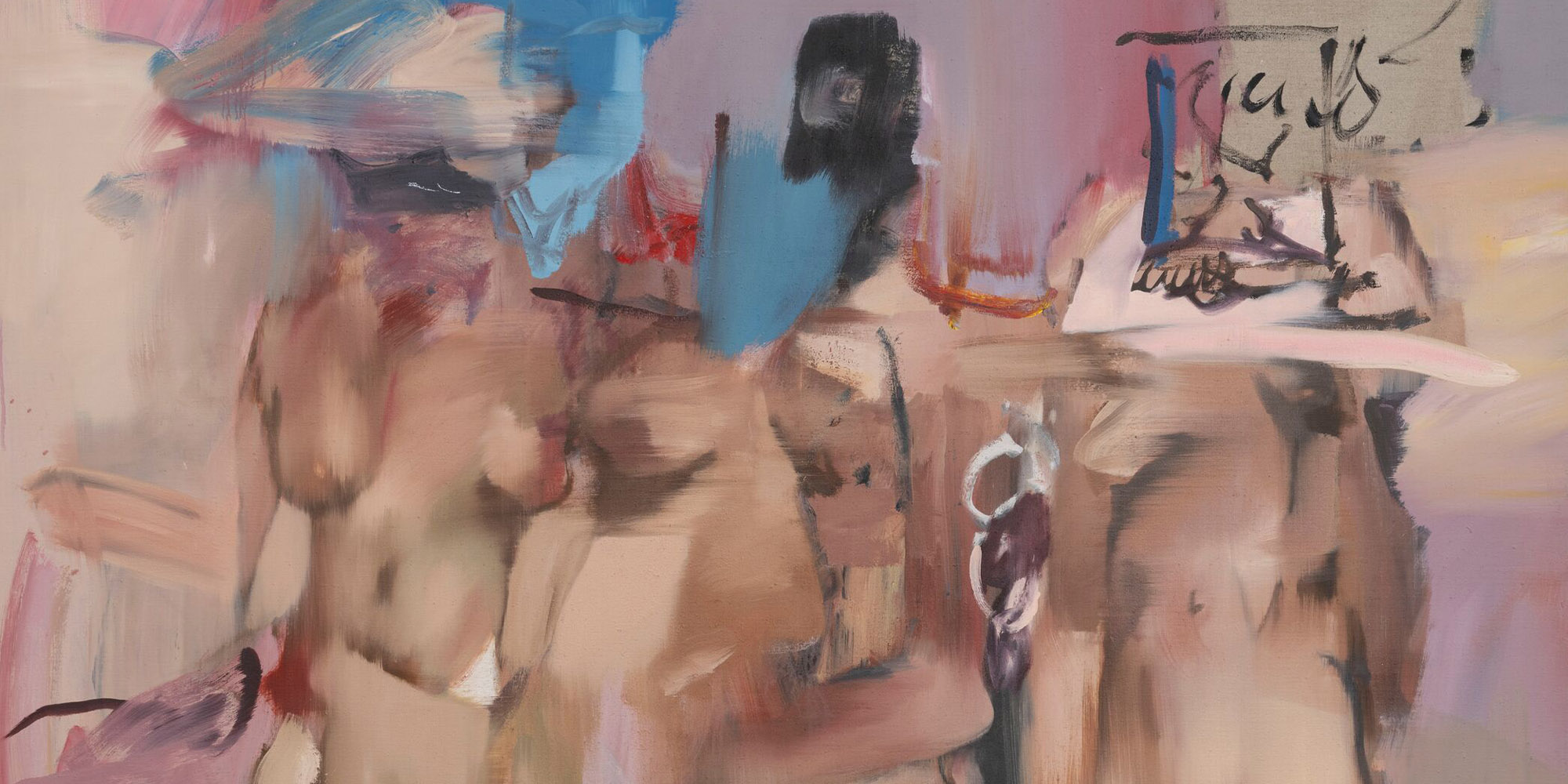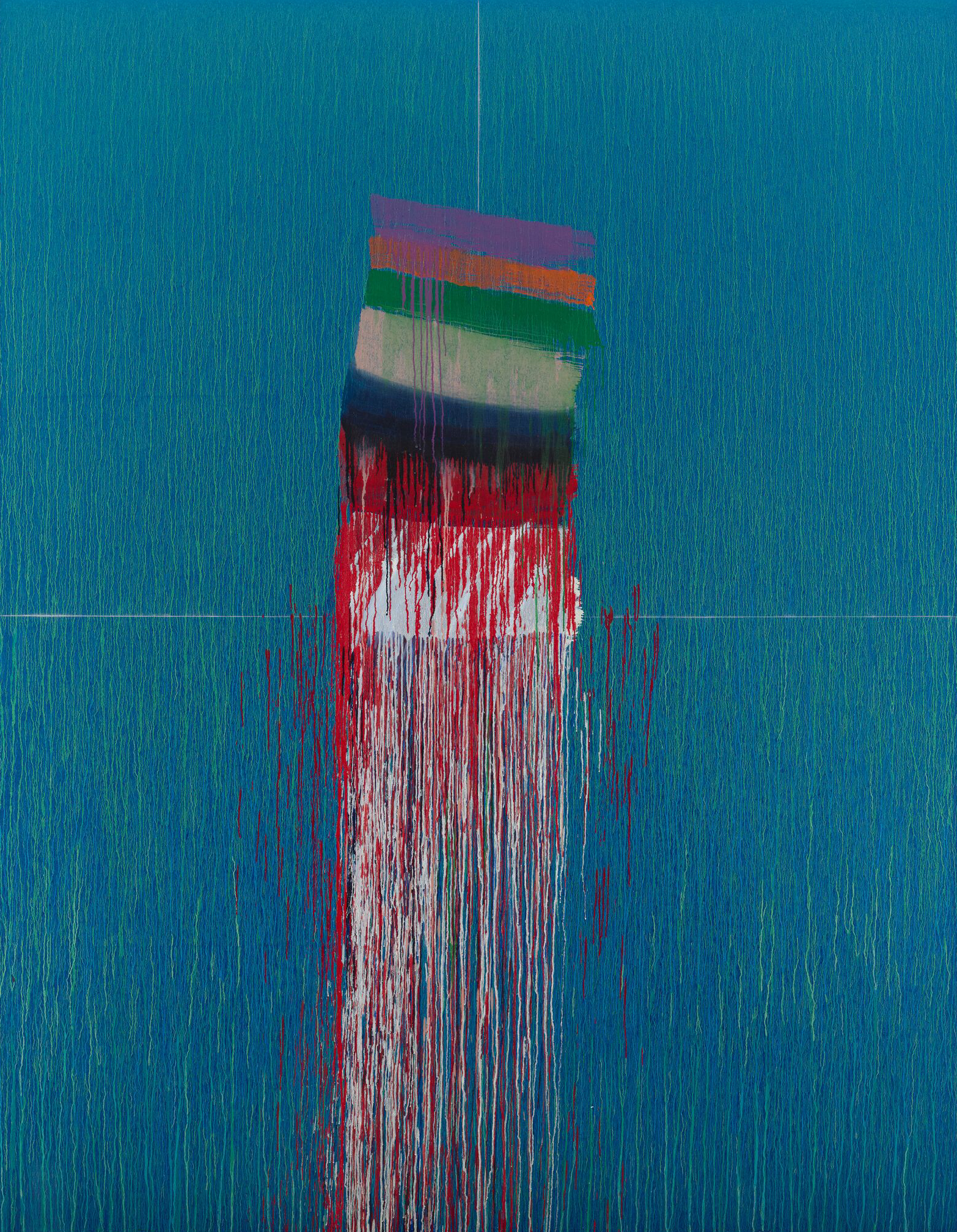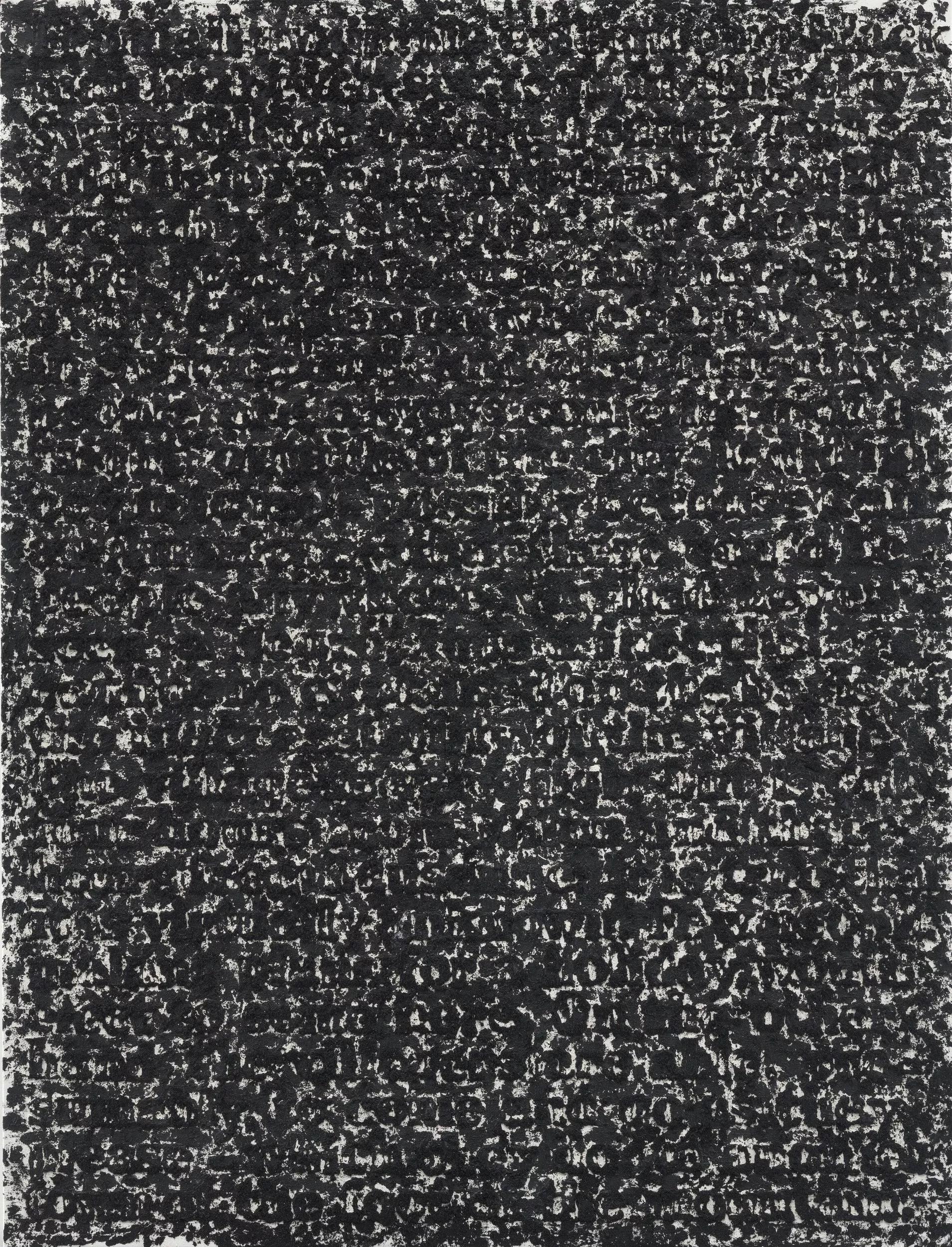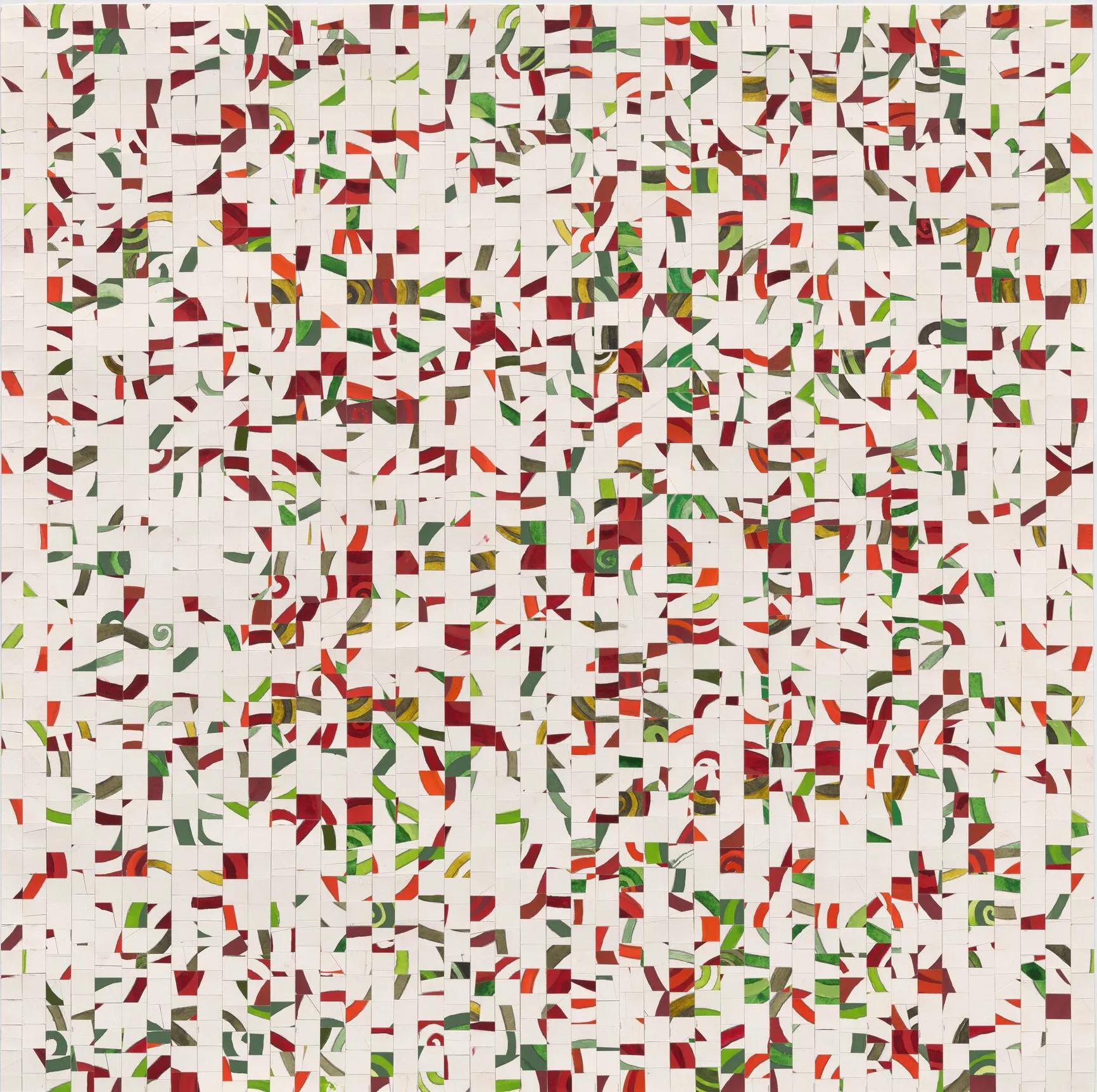RONI HORN
11 MAY – 27 OCTOBER
MENORCA
The acclaimed New York-based artist Roni Horn, awarded the Joan Miró Prize in 2013 and known for her conceptually oriented work in diverse media, presents her first solo exhibition in Menorca, featuring a selection of sculptures and installations that interact with the historical gallery spaces and natural surroundings. Although varied in medium, all works derive from longstanding themes that have propelled Horn’s ongoing poetic study on the protean nature of identity, meaning and perception. An ambitious installation of solid cast glass sculptures invites visitors to witness the interplay between light and weather in the South Galleries. Additionally, the exhibition features pieces inspired by the verses of Emily Dickinson and works in gold and copper from important series which the artist has worked on since the 1990s.
At the heart of the exhibition lies ‘Untitled (“A witch is more lovely than thought in the mountain rain.”)’, a compelling collection of nine round sculptures made from solid cast glass. Horn started exploring and working on cast-glass sculptures in the mid-1990s, with a process consisting of pouring coloured molten glass into a mould, which gradually hardens over the course of several months. The resulting sculpture is highly textural: its sides are rough with the impression of the mould in which it was cast, while its fire-polished top is smooth and glossy, resembling a crystalline pool of water.
Horn has said about the cast-glass sculptures, ‘what fascinates me has a lot to do with the essence of something that has one appearance but is really something completely different.’ The sculptures appear to be in a constant state of change, responding to nature through the skylights and windows and the presence of visitors in the architectural space. Gradations of sunlight and shadow activate the works, creating a dialogue between solidity and fluidity, opacity and transparency. In this way, Horn’s glass sculptures embody the heart of her practice: probing the relationship between mutability and place.
Uncertainty and ambiguity permeate Horn’s work, evident in the seemingly watery surface of the cast-glass sculptures as well as in ‘Black Asphere’, a solid copper work which appears to the eye as a ball or ‘a sphere’. The term ‘asphere’ refers to the fact that it is not symmetrical in one axis. Horn has described the work as ‘a self-portrait’, linked to the artist’s experience of androgyny and resistance to binary labels.
Duality serves as another thematic tool explored through Horn’s investigations of ambiguity and paradox, as seen in the ‘Pair Objects’ series in copper and stainless steel as well as ‘a.k.a’, which features paired portraits of the artist through time. In these, the pairing of potentially identical objects delves into the complexities of identity and unity, difference and duplication. In the Menorca exhibition, the pure gold sculpture ‘Double Mobius, v. 2’, presents two ribbons in the form of a Möbius strip, a geometrical form that appears to be two sided, but only has one side. The piece strips away the layers of cultural significance associated with gold and allows visitors to experience the actual material, in the shape of a strip denoting both intimacy and infinity.
Literature plays an important role in Horn’s practice and the artist makes literary references both in work titles as well in the works themselves. Whereas the multi-part glass installation is titled ‘A witch is more lovely than thought in the mountain rain’ after a poem by Joan Murray, three sculptures from Horn’s ‘Key and Cue’ series feature the first lines of poems by Emily Dickinson, to whom Horn has dedicated various bodies of work.
In the series ‘Key and Cue,’ Horn uses the verses as self-contained statements across the four faces of the bar, refusing to be seen or read all at once. In these pieces, Horn renders the text as images, encouraging us to think about language as sculpture, and hence removed from its meaning. As Horn said, ‘I don’t think of the object, the material thing or what is produced as the endpoint of a work. The aspiration is always the experience, which means the audience, the individual, is integral to the value of the work.’
Image: Black Asphere, 1988/2006 © Roni Horn.
About the Artist

Roni Horn
Roni Horn’s work consistently generates uncertainty to thwart closure in her work. Important across her oeuvre is her longstanding interest to the protean nature of identity, meaning, and perception, as well as the notion of doubling; issues which continue to propel Horn’s practice.
Current Exhibitions
1 / 7










